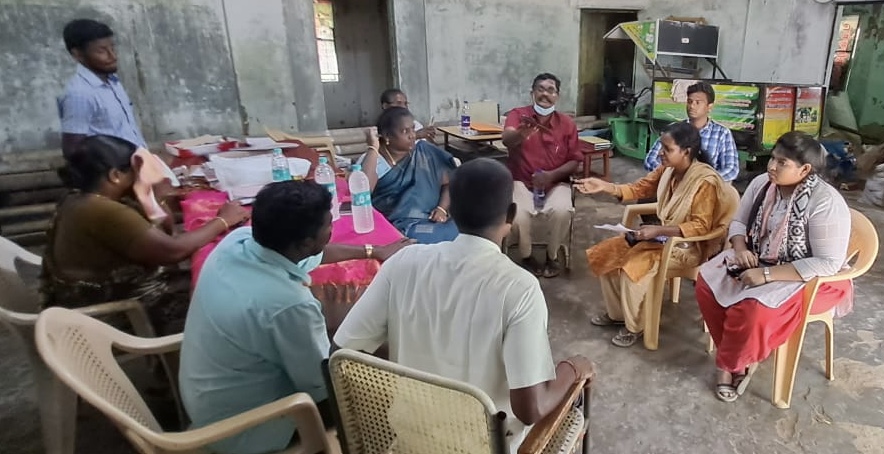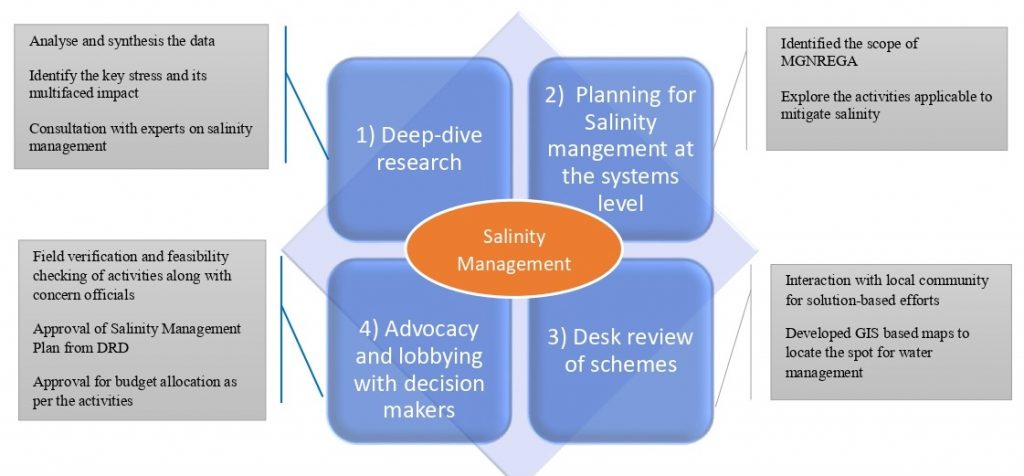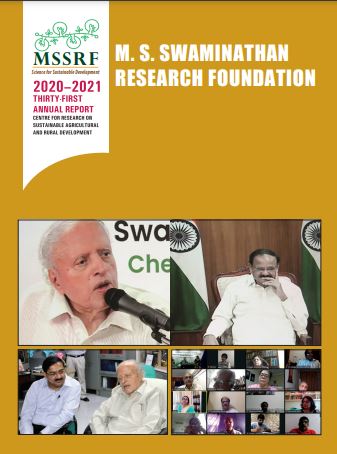Science-based, comprehensive and participatory restoration planning along with interaction with policymakers, and securing necessary financial resources through leveraging schemes, are effective strategies for coastal soil-salinity management*
Increasing coastal soil salinity is a key environmental stress to the livelihoods of marginal and small farmers, and agricultural workers in the Sirkazhi region of Mayiladuthurai district in Tamil Nadu, India. It is aggravated further in the context of climate change due to changes in the rainfall pattern, increasing temperature, and sea-level change.
Salinity adversely impacts the land quality and affects agriculture tremendously, which further has a compounded effect on social, economic and environmental dimensions. Besides land degradation and declining on-farm livelihoods, it has important impacts on migration, gender-based violence and other inter-connected social issues. Although the driving factors of soil salinity affect crop and livestock production at the individual farmer level, the main driving factors are at the common resources level.

Discussion with officials from Sirkazhi Block and GPs
Soil salinity is caused by the flow back of seawater through canals, storm surges, excessive groundwater pumping, and seawater ingression, among others. These challenges need to be addressed from a systems perspective with a focus on both common and individual land resources. Since the Sirkazhi region is located at the tail end of the main Cauvery River, a comprehensive water and vegetation management plan is needed to achieve a holistic solution. Thus, MSSRF initiated discussions with officers of the Department of Rural Development, Government of Tamil Nadu, and engaged Block officials in planning and to leverage existing schemes for field implementation.
With Government cooperation, a vulnerability assessment was carried out to identify the key water challenges and issues driving soil salinity. Then a micro watershed approach was adopted to determine the appropriate restoration actions involving local community members, department officials, and the MSSRF’s team. The whole process adopted learnings from WASCA (a bilateral project between BMZ, Germany and Ministry of Rural Development, Government of India) implemented in select districts of Tamil Nadu that use Comprehensive Water Resources Management Plans. Identified restoration plan was mapped mainly to the Mahatma Gandhi National Rural Employment Guarantee Scheme (MGNREGS) – a primary scheme with the mandate to improve natural resources management. The plan was shared with state-level officials, and periodic dialogues as well as discussions with the officials helped in getting approvals for implementation.
At present, 66 restoration activities including: check-dam construction to prevent saline water intrusion in agricultural fields; plantation of saline tolerant tree species in fallow and common lands; desilting available ponds and construction of rainwater harvesting structures to improve groundwater recharge; and community soak pits for grey water management were prioritised for implementation. The relevance of these actions was verified at the ground level with the support from panchayat officials. The implementation process is in progress at the gram panchayat level.

*Figure: Steps followed by MSSRF for the soil-salinity management plan

